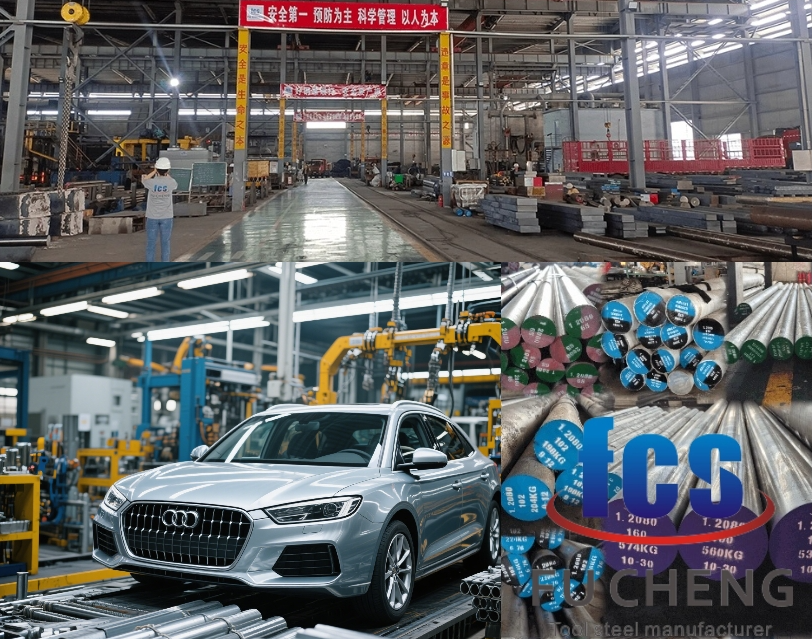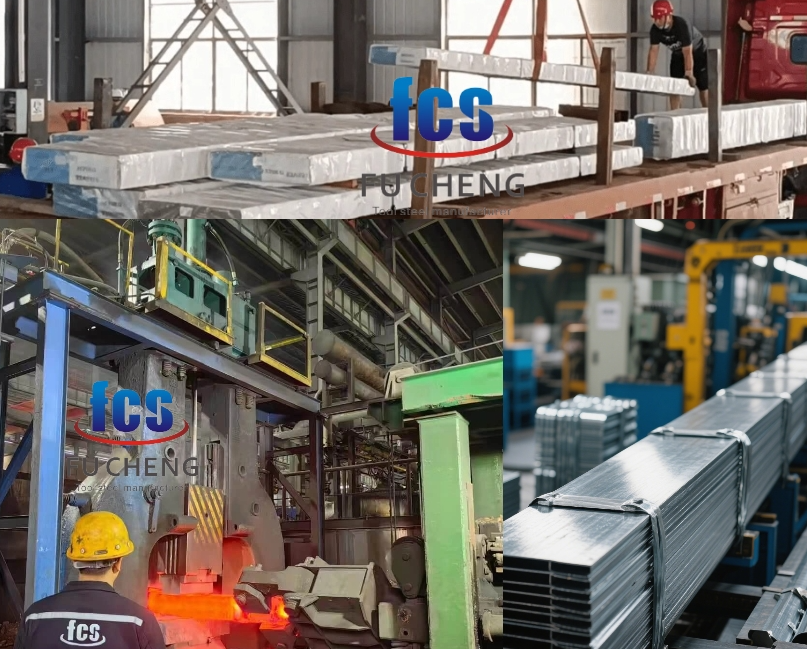I’ve often looked at a car and wondered how thick the metal is under the paint. From my experience, choosing the right steel thickness isn’t random; it’s quite deliberate. Automakers select specific thicknesses for different parts, like body panels and the strong tools used to make them. I think these decisions are important. They affect the car’s weight, its safety performance, and ultimately, how long it will last. While most people notice the exterior shine, I find there’s a crucial detail under the surface that many overlook…
1. Galvanized Steel in Automotive Manufacturing
As a design engineer, I find it amazing how galvanized steel improves vehicles. In my experience, this strong metal protects the car’s structure. It acts like tough armor, stopping rust effectively. When I touch a galvanized panel, I can feel its strength. I am also surprised by how light it is. I recommend adjusting the thickness carefully. For example, I use thicker steel for key support parts that must be very strong. I suggest using thinner steel in other areas. This saves weight and helps the car perform better. Doing this still provides the lasting protection cars need. It helps vehicles resist wear for a long time.
Body Panels
Exterior panels (e.g., doors, hoods, fenders): 0.6–1.2 mm. Thinner gauges (0.6–0.8 mm) are common for outer skins to reduce weight, while slightly thicker sheets (0.8–1.2 mm) may be used for reinforced areas like door frames.
Interior panels (e.g., roof liners, trunk floors): 0.4–0.8 mm.
Structural Components
Chassis and frames: 1.6–4 mm. These thicker sheets (e.g., 2–3 mm) provide rigidity and impact resistance.
Suspension parts: 2–4 mm to withstand dynamic loads.
Specialized Applications
High-strength galvanized steel (e.g., S320GD+Z): 0.3–3.0 mm for advanced structural parts requiring both corrosion resistance and high tensile strength .
Coil coatings: Galvanized coils for automotive parts (e.g., HVAC systems, exhaust components) typically range from 0.3–2.5 mm .
2.Tool Steel in Automotive Manufacturing
3.Key Factors Influencing Thickness Selection
| Material | Property | Details |
|---|---|---|
| Galvanized Steel | Corrosion Resistance | Thicker zinc coatings (e.g., 18–50 µm) enhance durability in harsh environments. |
| Weight Reduction | Thinner sheets (e.g., 0.7 mm) preferred for non-structural parts to improve fuel efficiency. | |
| Tool Steel | Strength and Wear Resistance | Thicker dies (e.g., 50–100 mm) withstand higher loads during stamping or casting. |
| Heat Resistance | Tool steels like H13 (for hot work) require sufficient thickness to maintain dimensional stability at elevated temperatures. |
4.Industry Standards and Examples
| Material | Specification/Type | Details |
|---|---|---|
| Galvanized Steel | ASTM A653 | Specifies coating weights (e.g., G90 = 0.9 oz/ft² total coating) for sheet steel. |
| DC52D+Z (Automotive Grade) | Available in thicknesses: 0.4–2.0 mm for automotive components. | |
| Tool Steel | D2 Steel (Die Application) | Typical thickness for plates/blocks: 25–200 mm (common for stamping dies). |
| M300 Tool Steel (HPDC Inserts) | Thickness range: 25–100 mm (dependent on die design for high-pressure die casting). |
5.Why Thickness Matters
Based on my experience working with metals, I find galvanized steel interesting to work with. Those very thin sheets are great for making vehicles lighter. The stronger, thicker sections give the structure its strength and ensure it holds up. I’ve seen how a thin 0.7 mm galvanized panel helps reduce weight, which is satisfying. I also learned it requires careful welding, like a surgeon’s work, because it’s easy to burn through the metal.
Regarding tool steel, I believe thickness is crucial. It really makes the difference between a tool lasting a long time or disappointing you quickly. I have handled a thick 50 mm D2 die block. I know it can handle millions of stamping cycles without any issues, working consistently. On the other hand, I’ve observed that thinner tool steels often wear out or bend too soon. They simply cannot withstand the pressure and fail much earlier than expected.
6.summary
When I think about these technical details, it makes me appreciate the materials used in cars. I believe engineers achieve a specific balance of materials for every vehicle. I find the exact thicknesses of galvanized and tool steel show the hidden skill in car manufacturing. Small differences, just fractions of millimeters, affect how efficient or safe a car is. Understanding these unseen measurements helps me appreciate the smart engineering all around us. Next time you see a car on the road, consider that its design has a deeper story than what you first notice.




